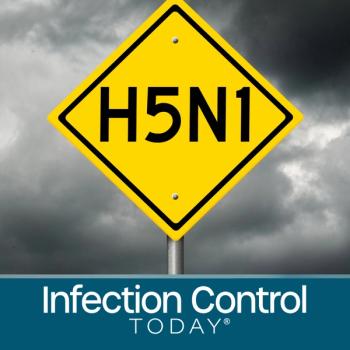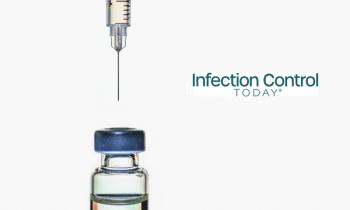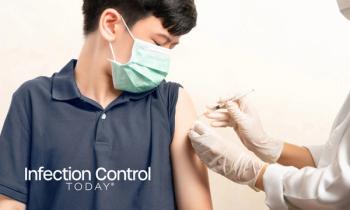
Danger of Exposure to COVID-19 to Infection Preventionists, Other Healthcare Workers
Healthcare workers often have the foresight to know when patients are positive, while knowledge of cases in the community is less likely.
Gaps continue to exist when it comes to understanding how and where potential exposures to SARS-CoV-2/COVID-19 occur in a healthcare setting-exposures to infection preventionists and other healthcare workers, as well as to patients. That’s just one of the findings in a new study by the US Centers for Disease Control and Prevention that sheds light on healthcare worker infections. Are there periods of unprotected exposure? Breaks in personal protective equipment (PPE)? How long was the duration of exposure? These are all critical pieces to understanding exposure risks within healthcare settings.
Published in the CDC’s Morbidity and Mortality Weekly Report(MMWR),
Of the 315,531 cases reported to the CDC during this time, only 16% had data about whether the case involved a healthcare worker-of those, 9,282 (19%) reported that they were healthcare workers. Overall, the median age of healthcare workers identified in this group was 41, 73% were female, and 38% reported at least 1 underlying health condition.
A majority of healthcare workers reported symptoms, and 55% of those with data on exposure, noted contact with a COVID-19 patient only in a healthcare setting. Ninety percent of healthcare workers with COVID-19 were not hospitalized but there were 27 deaths, which occurred most frequently in those 65 years or older.
The report notes that “among 315,531 U.S. COVID-19 cases reported to CDC during February 12–April 9, data on HCP [healthcare personnel] occupational status were available for 49,370 (16%), among whom 9,282 (19%) were identified as HCP. Data completeness for HCP status varied by reporting jurisdiction; among 12 states that included HCP status on >80% of all reported cases and reported at least one HCP patient, HCP accounted for 11% (1,689 of 15,194) of all reported cases.”
Overall, there was data on only 1,423 cases in regard to exposure to laboratory-confirmed COVID-19 patients. Fifty-five percent reported only healthcare-setting exposure within 14 days prior to their illness onset, but 27% reported only household contact, and 13% cited community setting contact with a confirmed case, and 5% reported contact in more than one setting.
This is particularly interesting as it underscores the lack of community-based testing for many states during the timeframe and that much of the testing is occurring in hospitals. Moreover, healthcare workers often have the foresight to know when patients are positive, while knowledge of cases in the community is less likely.
It’s likely that this is a low representation of the volume of HCWs with COVID-19, as many had mild symptoms, but sheds light on the importance of understanding more of the work-based risk factors. While exposures can occur in the community, it behooves us to understand the potential for healthcare-based risk in order to address and minimize it.
Newsletter
Stay prepared and protected with Infection Control Today's newsletter, delivering essential updates, best practices, and expert insights for infection preventionists.






